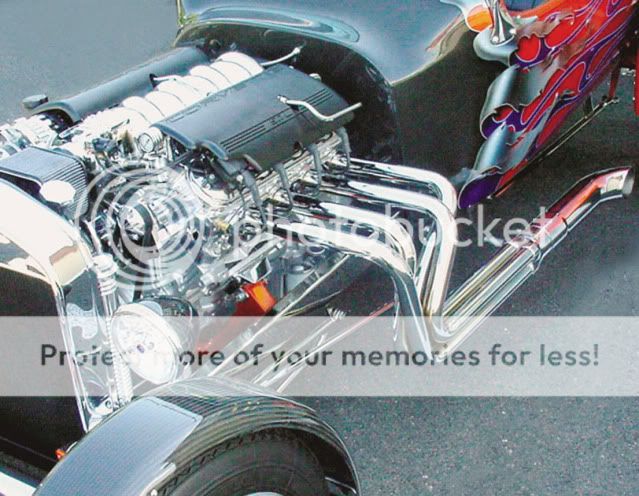I agree with Russ about needing an O2 sensor, but I would only use a system that allows you to use a “Wide Band” O2 sensor. The older style “Narrow Band” O2 sensor is a low cost sensor that has a very small range (14.0:1 to 15.0:1 air fuel ratio) where the sensor is accurate. The “Narrow Band” O2 only works very close to Stoichiometric (14.7:1) mixture. It is really more of a switch than a sensor. 15 years ago this would have been the only O2 available. Kinsler’s statement of not making much of a change was correct since a high performance motor would not be in closed loop very much of the time with a “Narrow Band” sensor.
The “Wide Band” O2 reads a much larger useful range, usually around 10.0:1 to 16.0:1 air fuel mixture. Most engines will make maximum power between 12:1 to 13.5:1 and get better gas mileage at ratios around or at times higher than 14.7:1. The Stoichiometric ratio usually produces lower emissions with acceptable power, which is why the auto manufacturers us it.
The same guy, John Meaney, designed most of the more popular aftermarket EFI systems on the market. John designed Accel's DFI, Comp Cam’s “FAST”, Holley’s "Commander" and BigStuff3. They are all speed-density based and all work similar.
All of the speed density systems operate in either “Open loop” or “Closed loop”. To simplify things, “Open loop” just uses the information that has been programmed in the computers fuel map tables and only uses this information regardless of what the sensors are reading. The whole trick with EFI is to get the programming correct for the load, throttle position, altitude, etc., that the engine needs. Even the auto manufacturers can’t do this without the use of feedback from the sensors. Like Russ said, without an O2 sensor, it will run but it may be to rich or lean at different times causing drivability, gas mileage or performance issues.
When in “Closed loop”, the computer will get information from what ever sensors are available and then uses the O2 sensor to check and see how well it is managing fuel control. If the air fuel ratio is not where it should be, the computer will make as much adjustment as it is capable to try and correct it. Some of the systems can make adjustments of 5-10%, while I believe the Accel DFI has the largest adjustment range of approximately 25%.
As far as the number of O2 sensors is concerned, some of the aftermarket systems only allow you to use one sensor, while others allow you to use two O2 sensors. Many of the new cars produced today use two O2 sensors per bank. It’s common to see four O2 sensors on a V8 motor. This is done to make sure that the catalytic converter is working correctly. There is an upstream sensor before the converter and a downstream sensor after the converter.
Gerry, if I every get my car built, I plan on building 8 individual tube headers similar to yours. I will be using 2 “Wide Band” O2 sensors, one on cylinder #1 and one on cylinder #2. Performance wise it shouldn’t make any difference which cylinders are used, but appearance wise these cylinders are closest to the body with this design of header and will make concealing the wiring the easiest.
Here are a couple of pictures of Total Performance’s Tangerine “T” O2 sensors in a collector header. I thought it looked clean and was not very noticeable.
Bill










